
Exploring Queer: Stories from the NGV Collection on Sunday Arts Magazine
Recently, Sunday Arts Magazine team David Hunt and Neil D’Vauz had the pleasure of chatting with curators from the National Gallery of Victoria’s latest exhibition – QUEER: Stories from the NGV Collection. Check out the interviews with each curator and their specialities below by clicking each heading.
Dr Angela Hesson and Myles Russsell-Cook talks to the Sunday Arts Magazine team about the NGV’s amazing Queer Exhibition
The NGV’s QUEER collection spans historical eras and diverse media including painting, drawing, photography, decorative arts, fashion, video, sculpture and design. QUEER: Stories From The NGV Collection will be on display at NGV International from 10 March to 21 August 2022.
Dr Angela Hesson – Curator Australian Painting Sculpture to 1980 talks about Camp and Fantastic
Dr Angela Hesson is the Curator of Australian Painting, Sculpture and Decorative Arts at the National Gallery of Victoria. She graduated with a Doctor of Philosophy – Arts in Art History and Literature from the University of Melbourne in 2011.
Myles Russell-Cook Senior Curator Indigenous Art talks about Love
Representations of queer love, desire and sensuality throughout history range from coded to overt, and often focus on the body as the site of emotion and sexuality. These works reveal intimacy, create erotic atmospheres, and depict pleasure. The art historical genre of the nude provided the opportunity for artists to explore eroticism in the guise of figurative studies and various narratives, particularly in periods when queer genders and sexualities were demonized. Artists would often use coded signifiers to indicate meaning to viewers ‘in the know’. Intimacy and romantic love appear sometimes in the frame of the work, as in Mary Cockburn Mercer’s Two women, and at other times are conveyed through the artist’s tender view of their subject, as in Agnes Goodsir’s The letter.
With the shift to postmodernism in the late twentieth century, representations of the body were recognized as shaped by various ideologies and politics. Artists including Tracy Moffatt and Brook Andrew invite us to understand the body as a form onto which the viewer imposes their desires and which equally has agency to resist presumptions. Eroticism is communicated through references to sexual practices and subcultures, and through fashion and sculpture that revel in the sensuality of bodies.
Pip Wallis – Curator Contemporary Art talks about Queer Places
From the home to the artists studio to the streets, physical spaces have often sought out by queer people as sites of refuge, safety, desire, community, and resistance. One such space is the bathhouse, which has long been a meeting place for queer people, often men, to engage in sexual activity. The endurance of this queer space has been inscribed into artworks across centuries, from Albrecht Durer’s coded depiction of men being entertained by musicians as they wash and socialize, to Hoda Afshar’s intimate photograph of men embracing amid the steam.
A similarly persistent queer space is that of the nightclub, which is represented in such works as Paulien Boudry and Renate Lorenz’s Moving backwards, set in what the artists describe as ‘an abstract club’ and Viva Gibb’s photograph of Melbourne’s former hybrid queer venue Trish’s Coffee Lounge. The occupation and reclamation of public space by queer people is also explored by several artists, including Tourmaline, whose video work Atlantic is a sea of bones, records the Hudson River, Meatpacking District and piers in New York as active sites for Black, queer and trans life in the 1980s, 1990s and 2000s.
Dr Ted Gott, Senior Curator International Art talks about Queer Royalty.
Fascination with the private lives of reigning monarch has fueled speculation, rumour and debate for centuries. Surrounded by a plethora of courtiers, chroniclers and political schemers, the lives of royal rulers have historically attracted greater scrutiny than those of ordinary citizens. While royal privilege brought greater freedom from prevailing moralities and laws for monarchs who chose not to conform with social expectations, so too did their hierarchical prominence deny them privacy. The personal physician to Louis XIII of France, Jean Heroard, logged minute and intimate details of the king’s daily life for almost three decades, including for example the monarch every bowel movement.
Surviving records from various eras document the tastes and inclinations of hereditary rulers who were controversially same sex attracted. In modern times, the decline of traditional monarchies has been matched by the rise of a new kind of royalty known as gay icons or queer icons, with whom regardless of their personal sexuality or gender identity, queer people have felt an affinity through their social and political struggles. Historical figures such as Marie-Antoinette and Oscar Wilde have attained this status, as have numerous actors and performers, including Judy Garland, Madonna and Kylie Minogue.
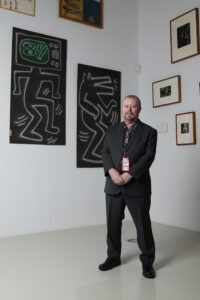
Dr Ted Got
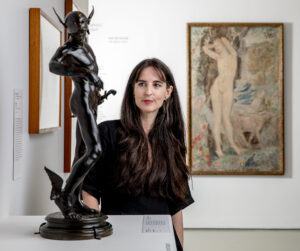
Dr Angela Hesson
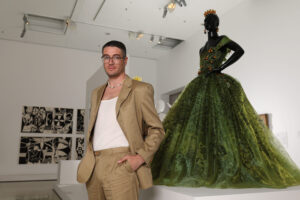
Myles Russell-Cook

Pip Wallis
RECENT POSTS
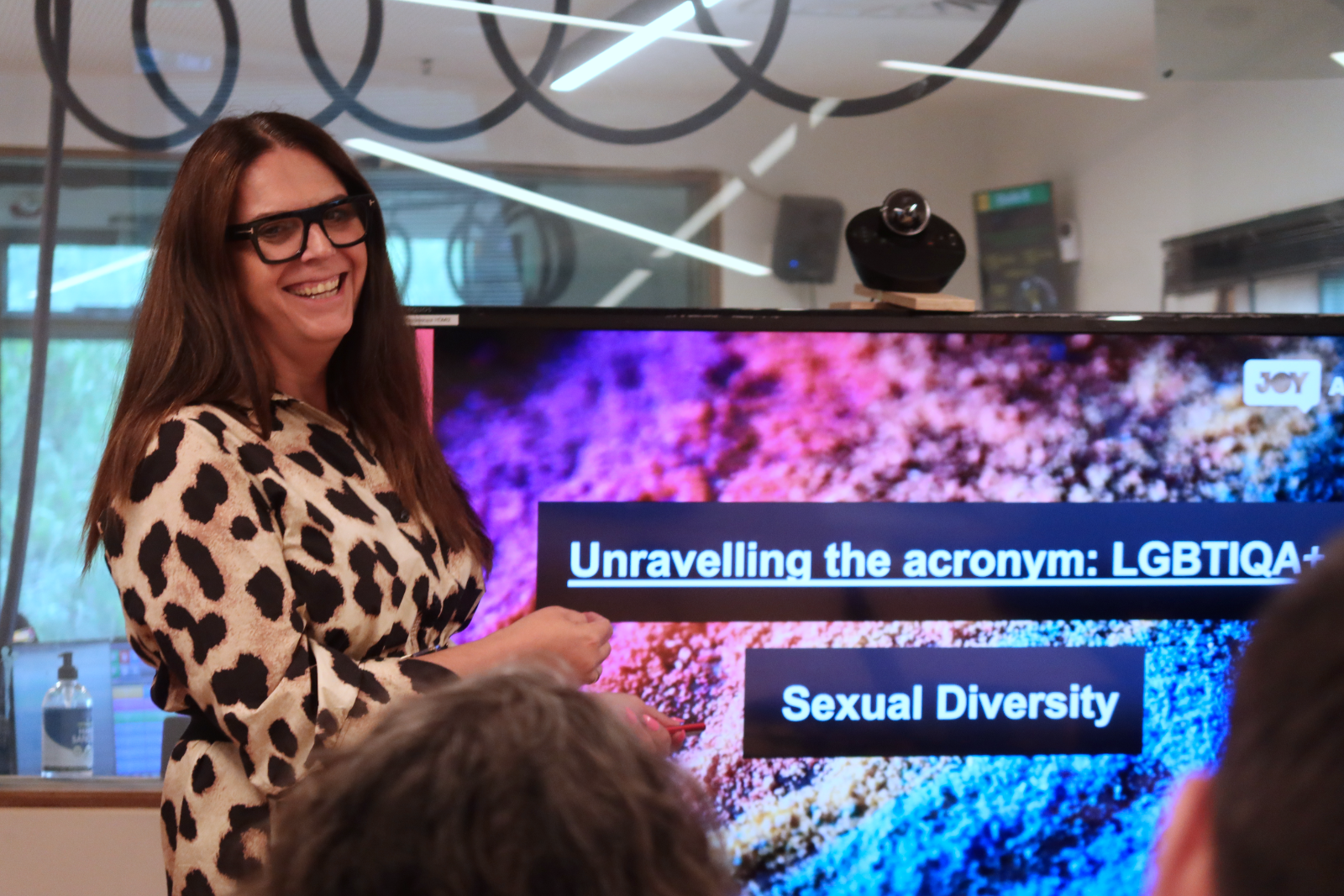
JOY’s Public D&I Training returns for IDAHOBIT – book now!
Ahead of IDAHOBIT this year, JOY is opening a special public session of our Workplace Diversity & Inclusion Training at ...
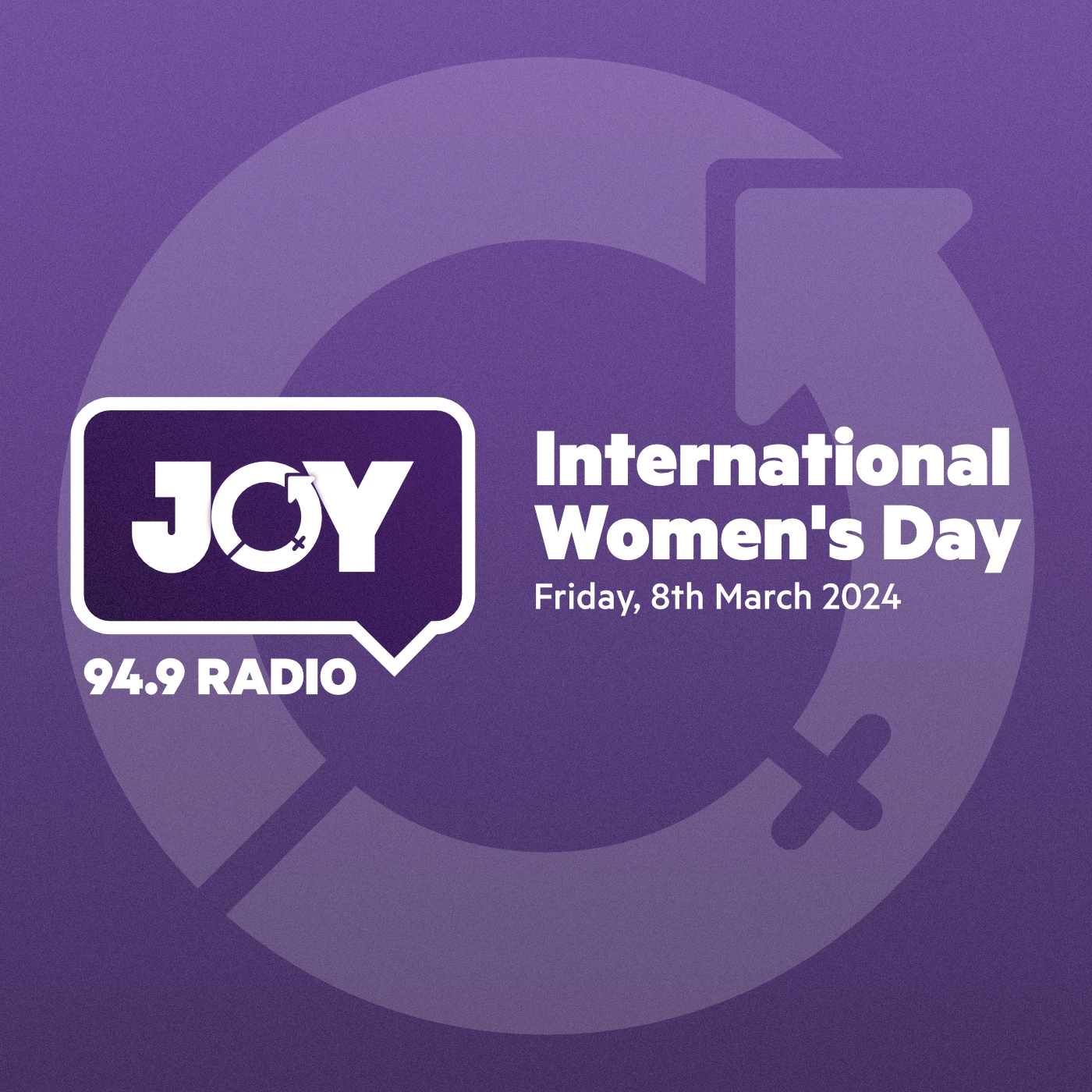
Celebrate International Women’s Day with JOY 94.9
Friday March 8 is International Women's Day, and JOY is celebrating! On JOY Breakfast from 7:00am, Rach Morrison will be joined ...
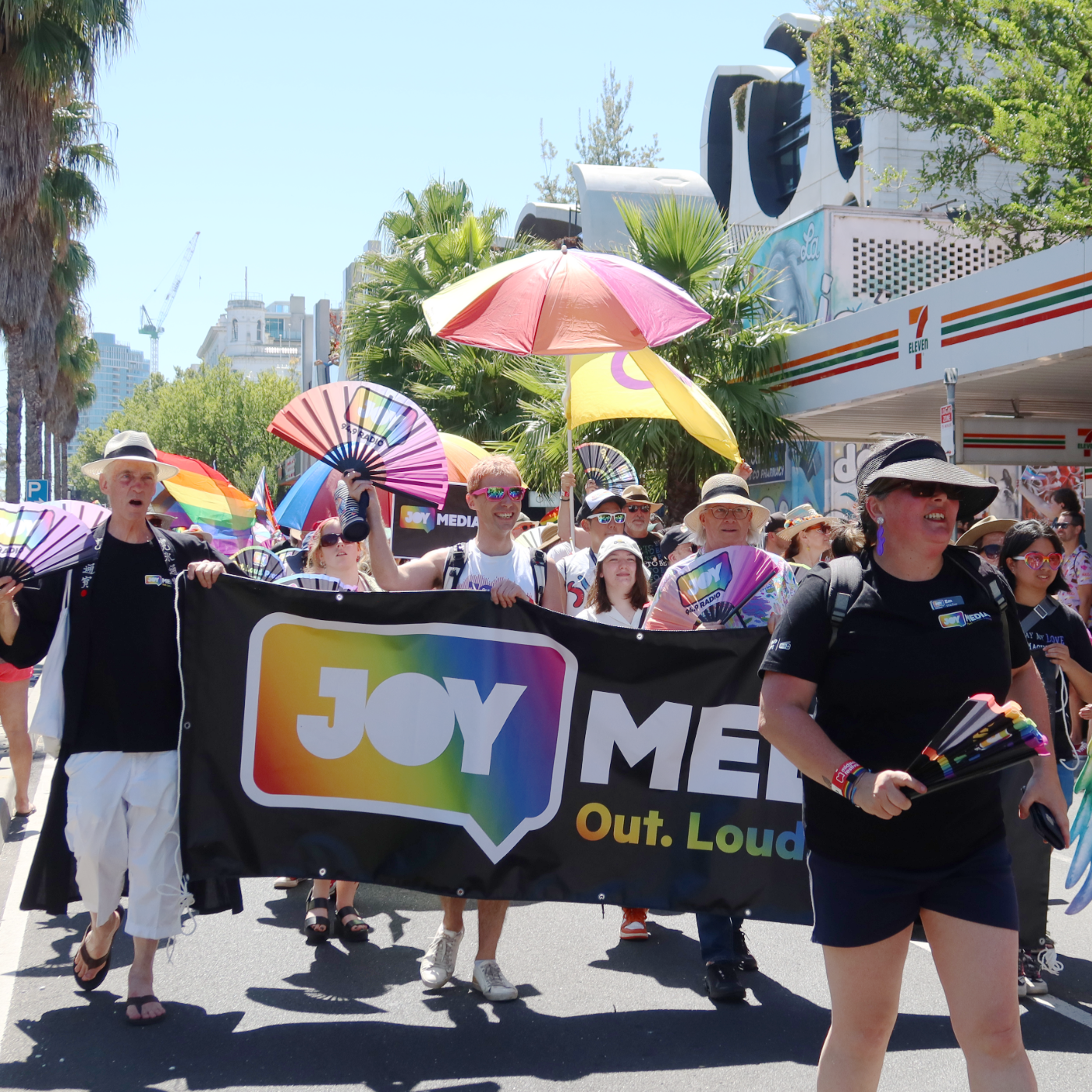
Midsumma Pride March 2024: Watch On-Demand
Watch JOY's full coverage of Midsumma Pride March 2024, as streamed live from Fitzroy Street in hot, sunny St Kilda ...



